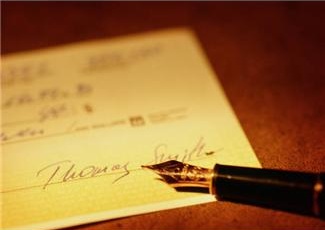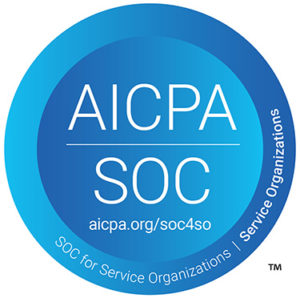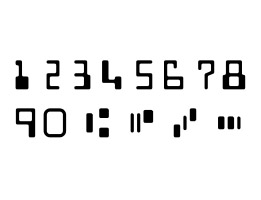How Signature Verification and Other Tools Can Help Guard Banks Against Fraud
It’s a question we get all the time: With electronic check clearing, if an image is presented for deposit or clearing, but you don’t have the original paper check, how can you tell if it’s fake or altered? In a great technological irony, while the Check 21 Act has saved the industry billions in paper clearing costs, it’s also caused many of the security features on checks to disappear. In order to keep the process running smoothly, you need high-quality, machine-readable images – and things like complex backgrounds, microprinting, and watermarks either don’t mix well with scanning, or are rendered useless because they don’t show up at all.
 So, how are you supposed to weed out the bad items? In some countries, it’s easy: Hard-to-duplicate UV printing is required on all checks, so an incorrect or smudged UV pattern indicates fraud while leaving the visible image intact. Unfortunately, no such system exists in the United States, so banks are left to find other ways. We asked SOFTPRO, a friend in the anti-check fraud space, to share a few pointers about how banks can catch suspicious check images with the tools available here.
So, how are you supposed to weed out the bad items? In some countries, it’s easy: Hard-to-duplicate UV printing is required on all checks, so an incorrect or smudged UV pattern indicates fraud while leaving the visible image intact. Unfortunately, no such system exists in the United States, so banks are left to find other ways. We asked SOFTPRO, a friend in the anti-check fraud space, to share a few pointers about how banks can catch suspicious check images with the tools available here.
1. Your own checks are a good place to start, and you can do a lot to protect them.
As of 2010, more than 26% of checks written in the U.S. were “on-us” checks – that is, those where the check both originated from and was deposited at the same financial institution. If a check originated from your own bank, you have an advantage in that you know certain information about the check design, the customer’s handwriting, and even the check stock itself, all of which can be compared against the originals. Anti-fraud software (like that sold by SOFTPRO) can maintain a database of “baseline” information for each customer and compare items against it in real time, so questionable checks can be flagged for manual analysis right at the teller window or during the RDC process.
2. Consider using a high-quality touchscreen to capture a “high-value” signature.
Studies have shown that, when individuals sign documents that they deem as important – mortgage papers, court documents, high-value payments, or account opening forms, for example – they take extra care to get the signature right. If you’re starting a signature validation program from scratch, chances are you don’t already have an electronically captured version of each customer’s handwriting. You’ll need to find a way to bring your customers in and collect this information for a solid baseline. Some large banks use software to capture a high-quality signature at account opening, and then use that to populate their databases.
3. Electronic signature capture can tell you a lot more than just the lines and curves.
With enough practice, it’s likely that you can mimic someone else’s handwriting closely enough to pass a visual inspection. But what’s impossible to recreate are the biometrics behind it: the exact speed, pressure, pen angles, and timing that make each person’s writing truly unique. Before touchscreens, there was no way to know this information; it could only be guessed at by forensic experts analyzing the physical paper and ink. While rare, fraud cases that involve a handwriting analysis do in fact happen, and now it’s possible to capture advanced metrics that will settle such disputes beyond any doubt.




